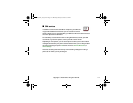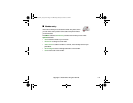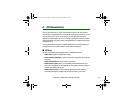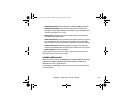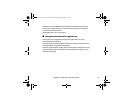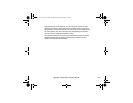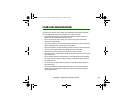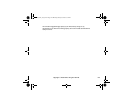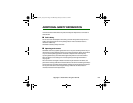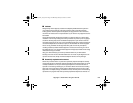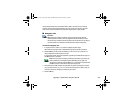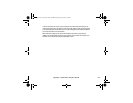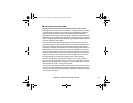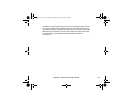
129Copyright © 2005 Nokia. All rights reserved.
always clearly marked. They include below deck on boats, chemical transfer or storage
facilities, vehicles using liquefied petroleum gas (such as propane or butane), and areas
where the air contains chemicals or particles such as grain, dust or metal powders.
■ Emergency calls
Important:
Wireless phones, including this device, operate using radio signals, wireless
networks, landline networks, and user-programmed functions. Because of this,
connections in all conditions cannot be guaranteed. You should never rely solely on
any wireless device for essential communications like medical emergencies.
To make an emergency call:
1. If the phone is not on, switch it on. Check for adequate signal strength.
Some networks may require that a valid SIM card is properly inserted in the phone.
2. Press the End key as many times as needed (e.g. to exit a call, to exit a menu, etc.) to
clear the display and ready the phone for calls.
If the keypad is locked, unlock the keypad first by pressing the middle selection key and
the Call key within 1.5 seconds.
Note: Note that calls to emergency numbers programmed to your phone may
also be possible when the keypad is locked, depending on the region and
network service provider. Press the Call key for 1.5 seconds. Then press Yes and
the Call key within 4 seconds to attempt an emergency call.
3. Press and hold the middle selection key and select the digits of the emergency number
for your present location (e.g. 112, 911 or other official emergency number) one by one
from the character bar. Emergency numbers vary by location.
4. Press the Call key.
CLEAN_Jinx_web_en2.fm Page 129 Monday, January 24, 2005 3:51 PM



